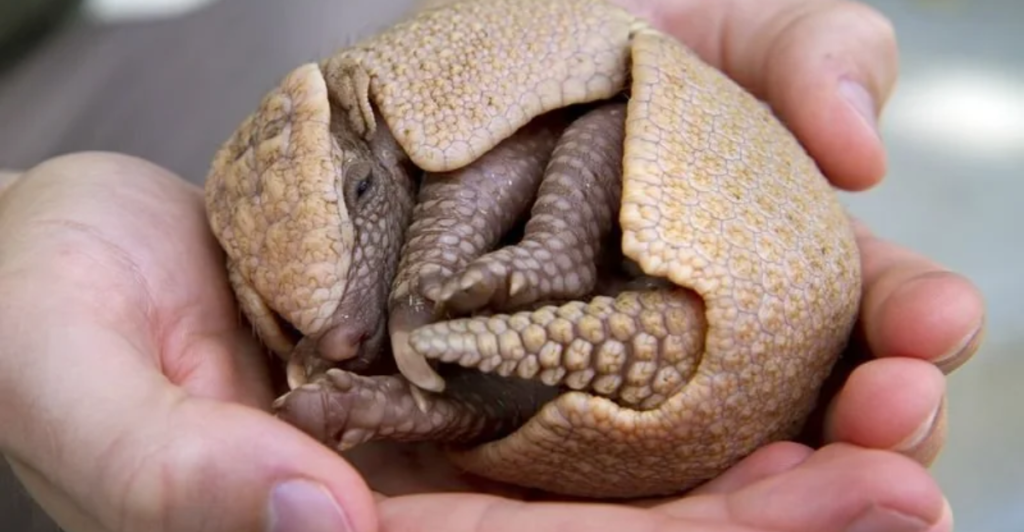
Nature has given some animals the incredible ability to protect themselves from predators with their built-in shields. These little creatures, some of which are big, can be found worldwide and can defend themselves better than most other animals.
1. Pangolin

These scales, composed of the same protein found in human nails, create a rigid yet flexible dermal armor perfectly adapted to the pangolin’s environment. When threatened, the animal curls into a tight ball, exposing only its hardened exterior to predators like lions and tigers.
The scales feature a unique hierarchical structure with crossed lamellae and interlocking sutures, enhancing their fracture resistance and providing remarkable mechanical strength. Pangolins are often hunted and are, therefore, protected in most areas, as some species are endangered.
2. Porcupine
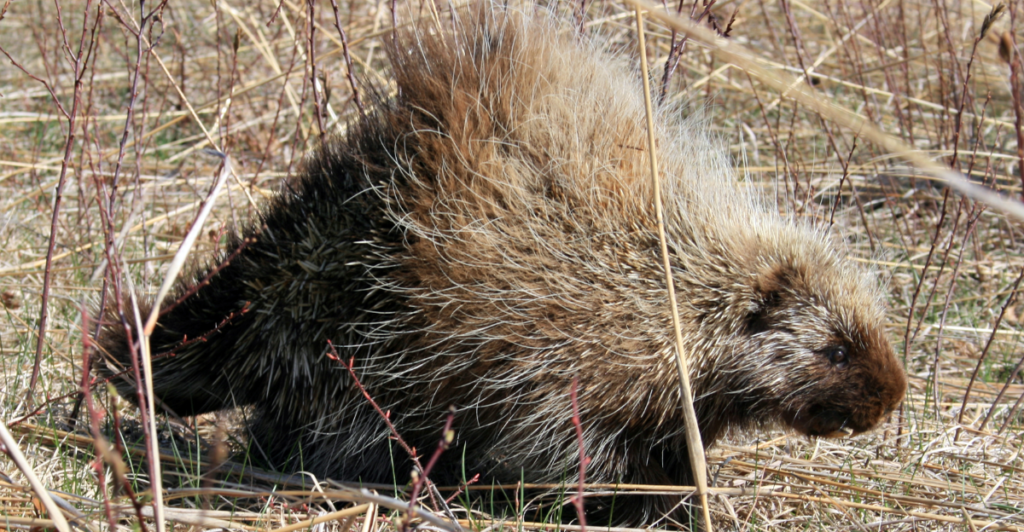
This pointy critter is North America’s second-largest rodent, and it has quite the self-defense mechanism. It has a formidable coat of needle-sharp quills that serve as natural armor to keep it safe from predators. These quills, which can number up to 30,000, are modified hairs coated with overlapping scales that act as barbs.
When they feel threatened, porcupines raise their quills and turn their backs to their predator, using their muscular tail to deliver a defensive strike. Contrary to popular belief, porcupines cannot throw quills; the loose quills detach upon contact and embed themselves in the attacker’s flesh, causing painful injuries.
3. Chiton
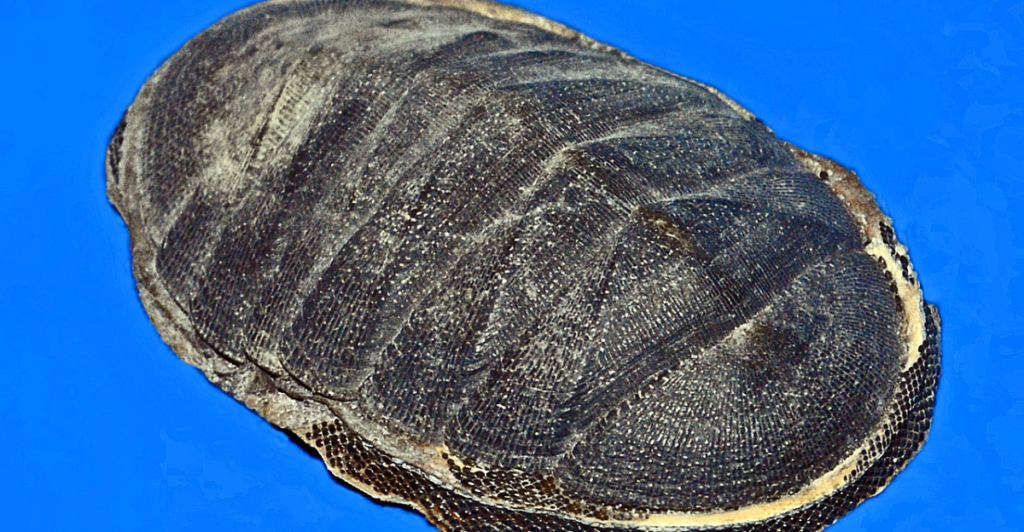
This marine mollusk is quite the creature, combining protection with flexibility. Its oval-shaped body is covered by eight overlapping mineralized plates, surrounded by a girdle of tiny, hard scales. This unique arrangement allows the plates to lock together under pressure, forming a rigid shield against predators while also enabling the chiton to conform to uneven rock surfaces as it moves.
In addition to their armor, chitons have hundreds of microscopic eyes embedded in them, made from aragonite, a mineral that provides both vision and defense. These eyes allow chitons to detect threats from multiple directions without compromising the strength of their shell.
4. Armadillo
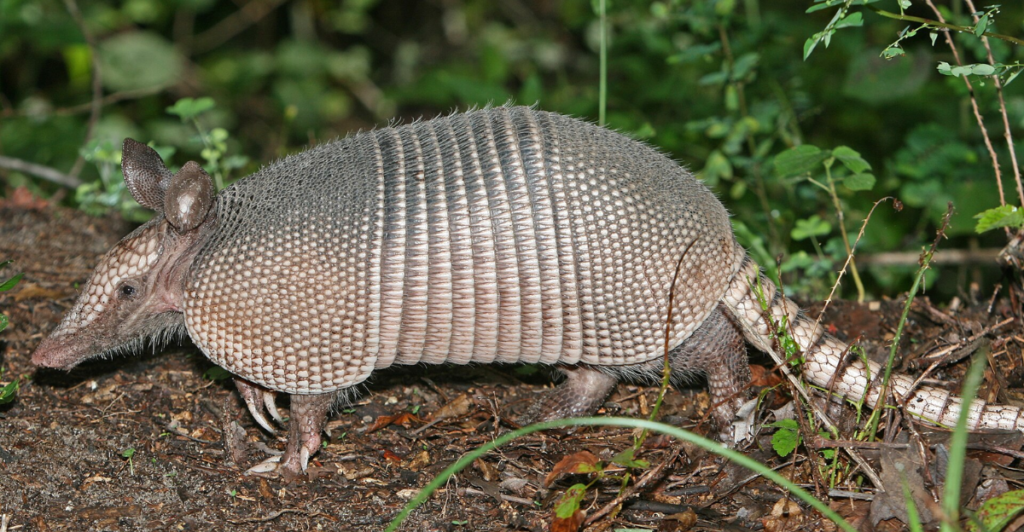
The armadillo, which means “little armored one” in Spanish, is quite impressive. Its body is covered in a bony carapace composed of overlapping plates, which forms a protective shell that shields the animal from predators. This armor consists of tough, thick scales called scutes, made of keratin—the same protein found in human fingernails.
The armadillo’s carapace covers its back, sides, head, tail, and outer legs, providing a formidable barrier against most threats. These creatures have a few defensive strategies they’ll try to help keep them safe. They’ll try running away, flatten themselves against the ground to protect their vulnerable underbelly, or, in the case of the three-banded armadillo, roll into a complete ball.
5. Hedgehog
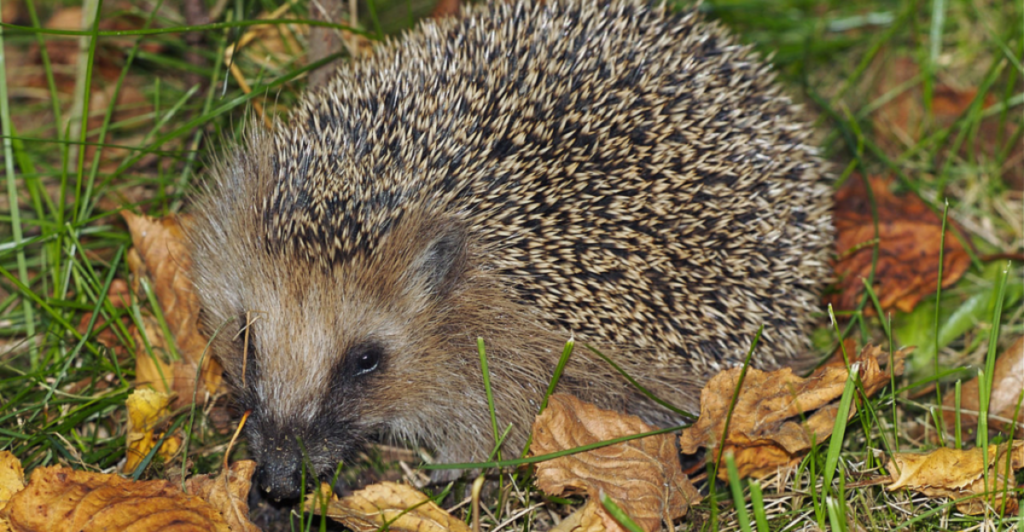
These little guys usually grow to be around 4 – 12 inches and are much smaller than porcupines. Their quills, up to 6,000, are hollow and lightweight, allowing the hedgehog to carry its armor effortlessly. When threatened, the hedgehog curls into a tight ball, exposing only its spiny exterior and shielding its soft underbelly from predators.
While they may be small, these little critters can look quite intimidating to their predators by puffing up into a spikey ball, which is usually enough to scare predators away.
6. Turtle
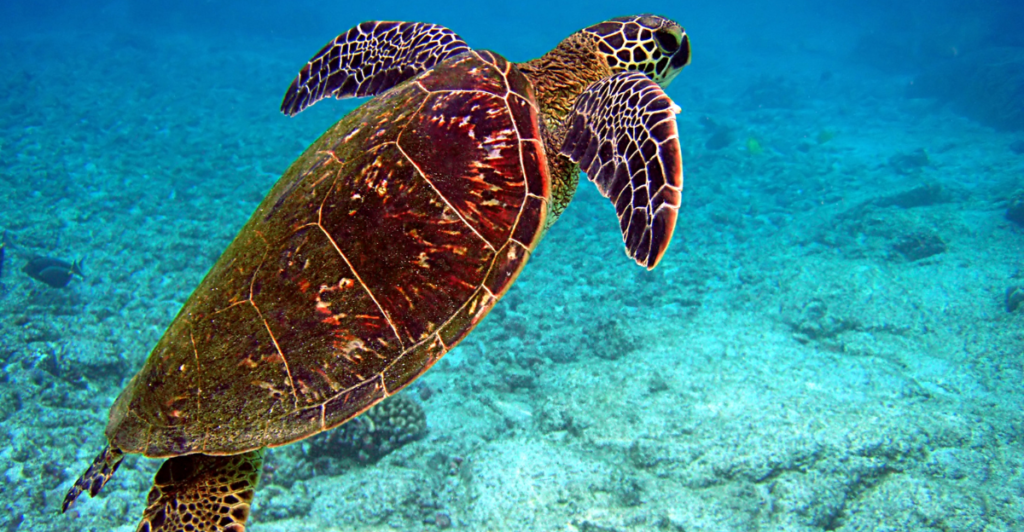
Turtles are among the most well-known creatures to have a shield and a home in one. Their shell is a fusion of modified ribs, vertebrae, and dermal bones, creating a rigid enclosure that shields the turtle’s vital organs. The shell consists of two main parts—the domed carapace on top and the flat plastron underneath—joined by a bony bridge. Covered by tough keratinous scutes or leathery skin, the shell is an effective defense mechanism against predators.
Some species, like box turtles, have hinged shells that close completely for added protection. Beyond defense, the shell’s shape varies by habitat; land turtles often have heavier, domed shells for resilience, while aquatic turtles feature streamlined shells for swift swimming.
7. Abalone
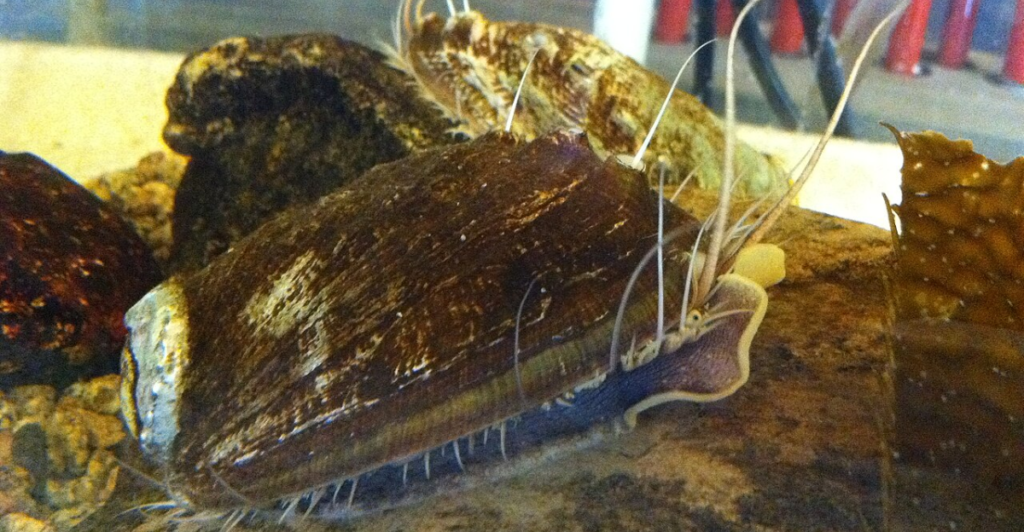
These marine mollusks are as interesting as every other creature with body armor. Their shells are composed of 95% calcium carbonate and 5% protein adhesive and have a brick-like tiled structure that is both lightweight and incredibly durable. This design allows the shell to absorb heavy impacts by enabling the tiles to slide under stress, dissipating energy without breaking.
Abalones can clamp tightly onto rocks to resist dislodgement by strong currents or predators. The inner layer of the shell, known as nacre or mother-of-pearl, adds beauty and contributes to its strength through microscopic layers that refract light.
8. Texas Ironclad Beetle
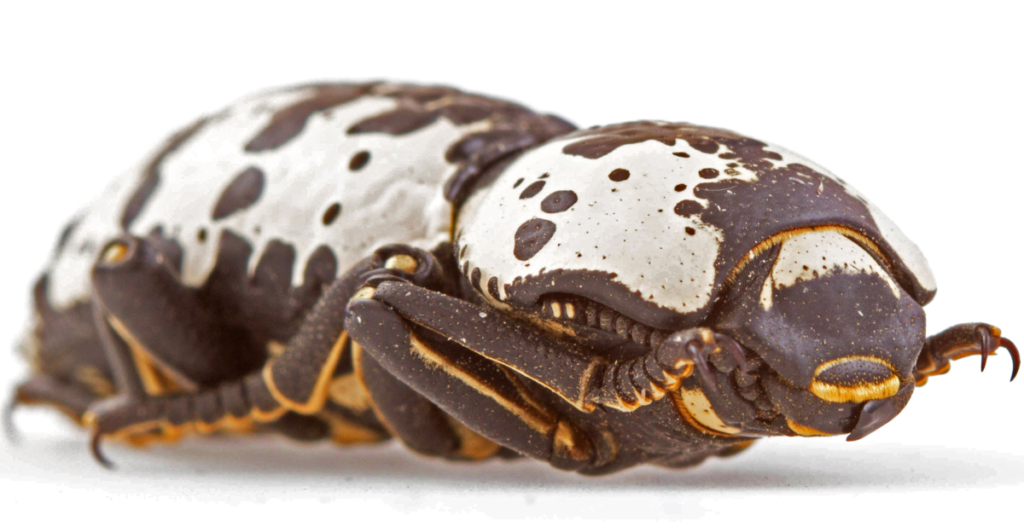
These little beetles have one of the toughest exoskeletons in the natural world. Their armor is so resilient that they can survive being run over by a car, withstanding forces up to 39,000 times their body weight. Their strength lies in their hardened elytra—modified forewings—which are fused together along a suture line resembling a jigsaw puzzle. This unique structure distributes force evenly across the beetle’s body and prevents catastrophic failure, even under extreme pressure.
Their shells are made up of chitin and a protein matrix. The exoskeleton is further reinforced by microscopic hairs that enhance friction and stability. This tough design has inspired some of the most technology-forward inventions.
9. Crocodile
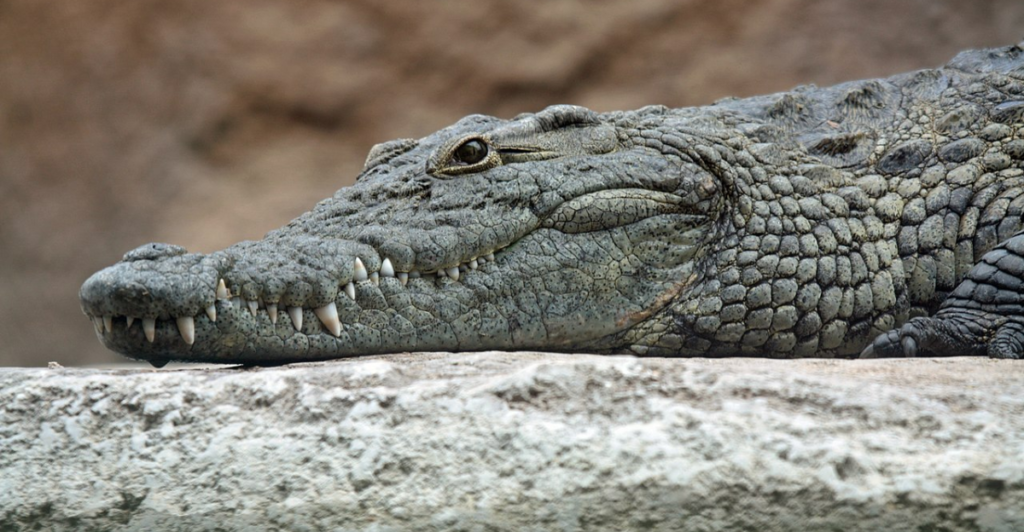
If crocodiles weren’t intimidating enough, they have a natural armor that has evolved over millions of years to ensure survival. Its skin is covered in tough, overlapping keratin scales, which act as a flexible yet impenetrable shield against predators and environmental hazards. Beneath these scales lies an additional layer of defense: osteoderms, bony plates embedded within the skin that provide structural reinforcement and absorb impacts.
This dual-layered armor protects the crocodile and aids in thermoregulation and camouflage, allowing it to blend seamlessly into murky waters and muddy banks. Their skin is also highly sensitive, packed with microscopic receptors that detect vibrations, pressure changes, and even subtle shifts in temperature to help them hunt and stay alive.
Explore more of our trending stories and hit Follow to keep them coming to your feed!

Don’t miss out on more stories like this! Hit the Follow button at the top of this article to stay updated with the latest news. Share your thoughts in the comments—we’d love to hear from you!







